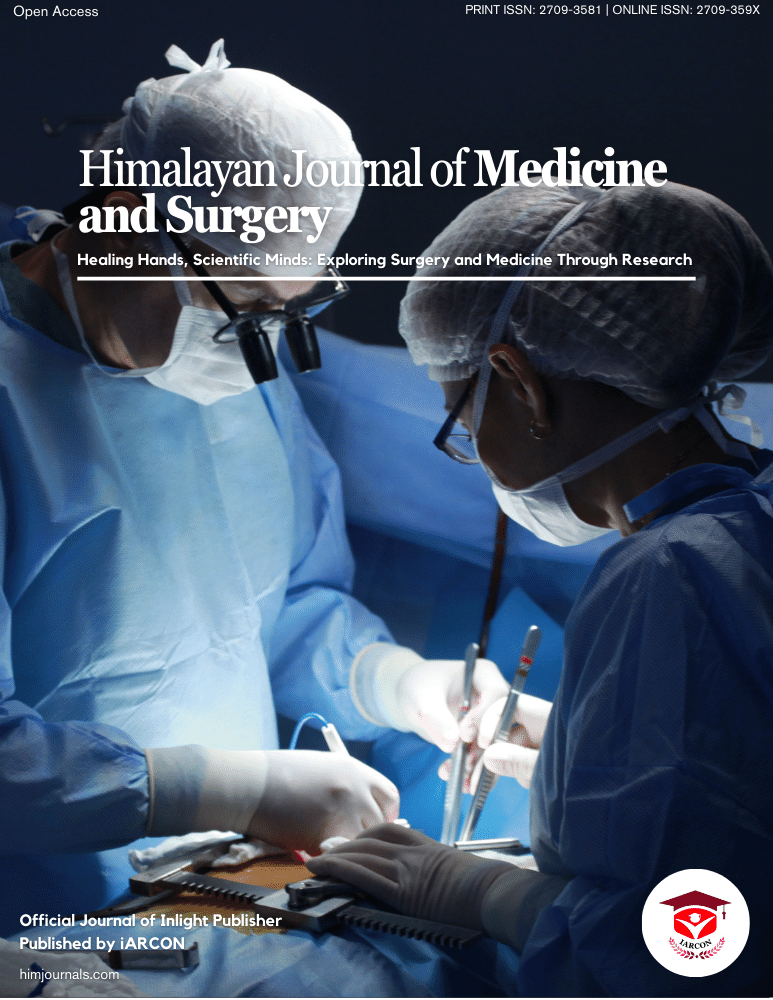Hearing, often regarded as one of our most precious senses, plays a pivotal role in human communication, learning, and overall well-being. The human ear, a remarkably complex organ, enables us to perceive and interpret sounds that enrich our daily experiences. However, despite its significance, ear health and hygiene are often overlooked aspects of overall well-being, especially among adolescents [1-2].
The adolescent years, marked by rapid physical and emotional development, are a critical period in life. During this time, individuals establish behaviors and habits that can profoundly influence their future health. Ear health is no exception, and understanding ear hygiene is paramount for preventing common ear issues and maintaining overall health [3-4].
Ear hygiene encompasses a range of practices aimed at keeping the ears clean and healthy, with a primary focus on avoiding earwax impaction and preventing ear infections. The earwax produced in the ear canal serves as a protective mechanism, trapping dust and debris, but excessive buildup can lead to discomfort and hearing issues. Additionally, ear infections, if left untreated, can result in hearing loss and other complications [5-6].
Himachal Pradesh, nestled in the northern part of India, boasts a diverse population and a unique blend of urban and rural communities. While the state is renowned for its scenic beauty and vibrant culture, it is equally vital to assess the health knowledge and practices of its adolescent population, especially in terms of ear hygiene.
Studies from various parts of the world have highlighted the importance of ear hygiene knowledge and practices among adolescents. Adolescents are more prone to engaging in risky behaviors, and understanding their knowledge levels regarding ear health is critical for promoting preventive measures and early interventions. Furthermore, addressing ear hygiene among adolescents can have long-lasting effects on their overall health and well-being [7-8].
This study endeavors to provide a comprehensive assessment of ear hygiene knowledge among schoolgoing adolescents in Himachal Pradesh. By evaluating their awareness, practices, and understanding of ear hygiene, this research aims to shed light on the current state of ear health education and identify areas that require improvement. The insights gained from this study can inform educational initiatives and public health programs tailored to the unique needs of this demographic.
As the world progresses into an era of advanced healthcare and technology, it is essential not to overlook the fundamentals of health and hygiene. This study recognizes the significance of ear health and hygiene knowledge among adolescents in Himachal Pradesh and aims to contribute to their overall well-being by unlocking the secrets to ear health.
Objectives of the Study
To evaluate the Knowledge regarding ear hygiene among school going adolescents children of Himachal Pradesh.


